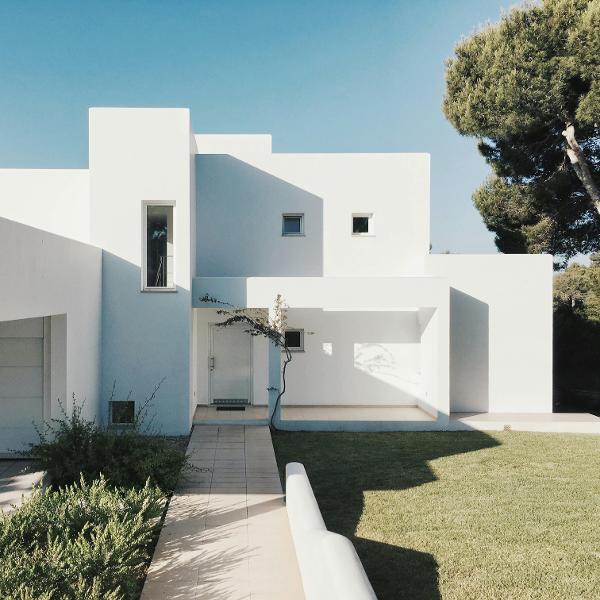Understanding Monolithic Cladding and the 'Leaky Home' Crisis in New Zealand
Wednesday 10 July 2024, 3:25PM
By Vicky D
471 views
Monolithic cladding became a popular choice in New Zealand during the 1990s and early 2000s due to its sleek appearance and cost-effectiveness. However, this choice has since led to a significant construction and health crisis, known as the "leaky home" crisis.
What is Monolithic Cladding?
Monolithic cladding refers to exterior walls coated with a single layer of plaster or other materials, often applied over a rigid backing such as polystyrene. The style gained popularity for its modern look and affordability, but its drawbacks soon became apparent.
The 'Leaky Home' Crisis
The leaky home crisis emerged as homes clad in monolithic materials began to suffer from severe water ingress issues. Without proper ventilation and drainage, water trapped within the walls led to mold, structural damage, and significant health risks. According to reports, over 89,000 homes in New Zealand may be affected, causing a nationwide financial and health burden.
Causes of the Crisis
The primary cause of the leaky home crisis was the inadequate design and installation of cladding systems. Builders often failed to provide sufficient weatherproofing, and the use of untreated timber frames exacerbated the problem. Poor building practices, regulatory oversights, and the adoption of unproven construction methods contributed to the widespread issues.
The Impact
The financial impact on homeowners and the government has been substantial. Homeowners face repair costs that can range from tens to hundreds of thousands of dollars. In many cases, these costs have led to legal battles, insurance claims, and, unfortunately, financial ruin for some families. The government has also had to step in with financial assistance schemes to help affected homeowners.
Signs of a Leaky Monolithic Home
Identifying a leaky monolithic home can be challenging but crucial for avoiding significant issues. Here are key signs to look out for:
- Visible Mold and Mildew: Look for mold growth on walls, ceilings, and around windows.
- Dampness and Musty Odors: Persistent dampness or musty smells are strong indicators of water intrusion.
- Staining and Discoloration: Check for stains on walls and ceilings, which may indicate water damage.
- Soft or Swollen Timber: Press on timber frames and skirting boards to check for softness or swelling.
- Cracks and Gaps: Look for cracks in the cladding and gaps around windows and doors.
What to Look Out for When Buying a Home with Monolithic Cladding
When considering a home with monolithic cladding, take these steps:
- Professional Inspection: Hire a qualified building inspector experienced with leaky homes.
- Moisture Testing: Request moisture testing to identify hidden water damage.
- Check for Repairs: Ensure previous repairs were done properly and by reputable contractors.
- Review Building Consent: Verify that the home meets current building codes and standards.
- Ask for Documentation: Request maintenance records and any documentation of past issues or repairs.
Recladding as a Solution
Recladding has become a primary solution for homeowners to address the issues caused by monolithic cladding. Companies like Superior Renovations have detailed the costs and processes involved in recladding a home in New Zealand. According to their insights, the cost of recladding can vary significantly based on the size of the house, the materials chosen, and the extent of damage to be repaired. They emphasize the importance of using quality materials and skilled labor to prevent future issues.
For more detailed information on the cost and process of recladding a monolithic home, you can read Superior Renovations' article here.
Understanding the complexities of monolithic cladding and the leaky home crisis is crucial for homeowners and prospective buyers in New Zealand. While the initial appeal of monolithic cladding was strong, the long-term consequences have highlighted the importance of proper building practices and materials. Recladding, though costly, offers a viable solution to rectify these issues and ensure the safety and longevity of homes.
